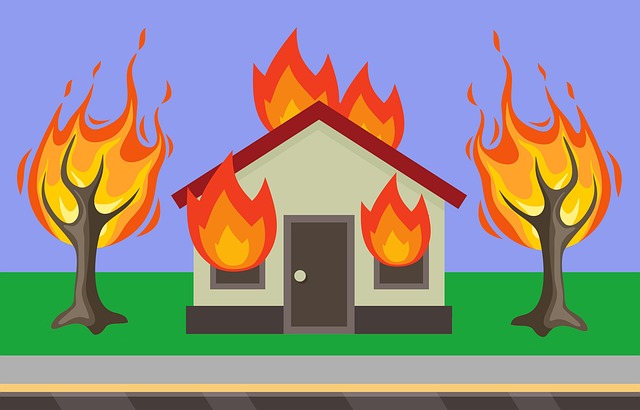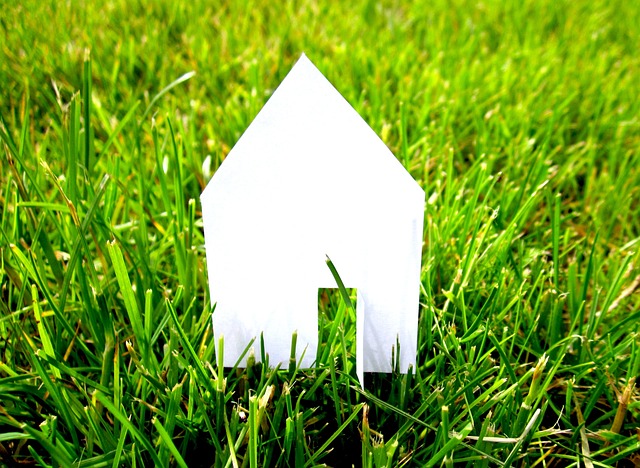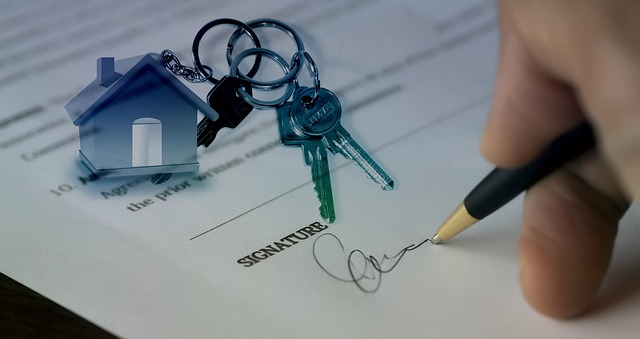Protecting real estate assets from unforeseen damage is paramount for investors and homeowners. Common causes include natural disasters, accidents, and structural issues leading to significant financial losses and potential property value diminution. Effective strategies involve adequate insurance coverage (e.g., all-risk policies), regular maintenance, and location-specific preventive measures. Post-damage management includes assessing harm, documenting it, addressing safety concerns, understanding insurance policies and local building codes, engaging reputable contractors for restoration, and undertaking repairs from minor to extensive rebuilding.
In the dynamic realm of real estate, unforeseen property damage can be a significant concern for homeowners and investors alike. This comprehensive guide delves into the intricacies of safeguarding your investment against unpredictable events that may cause substantial harm. From exploring common causes like natural disasters, accidents, and vandalism to discussing proactive measures such as insurance options and risk mitigation strategies, this article equips readers with essential knowledge. Additionally, we navigate post-damage management, emphasizing repair, restoration, and legal considerations to ensure a smooth recovery process.
Understanding Unforeseen Property Damage: Common Causes and Risks

Unforeseen property damage can strike at any time, posing significant risks for real estate owners and tenants alike. It’s crucial to understand that this type of damage isn’t always due to neglect or lack of maintenance; natural disasters, accidental mishaps, and even structural flaws can contribute to unforeseen events. Common causes range from extreme weather conditions like floods, wildfires, and hurricanes to internal issues such as pipe bursts, electrical malfunctions, and pest infestations.
These incidents can lead to substantial financial burdens, not just due to the cost of repairs but also including potential loss of value for the property. Moreover, unforeseen damage can disrupt daily life and cause significant stress for occupants. To mitigate these risks, real estate investors and homeowners should ensure proper insurance coverage, conduct regular maintenance checks, and implement preventive measures tailored to their specific location and property type.
Proactive Measures: Insurance Options and Risk Mitigation Strategies

In the realm of real estate, safeguarding properties from unforeseen damage is paramount for both homeowners and investors. Proactive measures, such as securing adequate insurance coverage, are essential components of a comprehensive risk management strategy. Insurance options like all-risk or home owners’ policies can protect against various damages, including those caused by fire, theft, vandalism, and natural disasters. These policies provide financial peace of mind, ensuring that property owners can promptly repair or replace damaged assets without facing significant financial burdens.
Beyond insurance, risk mitigation strategies play a crucial role in minimizing potential losses. This involves regular maintenance checks to identify and rectify issues before they escalate, such as repairing roofs, reinforcing structures against seismic activity, or installing safety features like smoke detectors and security systems. By adopting these proactive measures, real estate assets are better equipped to withstand unforeseen events, thereby enhancing their long-term value and resilience.
Post-Damage Management: Repair, Restoration, and Legal Considerations

After unforeseen property damage occurs, effective management is crucial for both real estate owners and tenants. The initial step involves assessing the extent of the harm, documenting it through photography and detailed reports, and ensuring immediate safety by addressing any structural concerns or hazards. Repairs and restoration processes vary depending on the type and severity of the damage, ranging from minor cosmetic fixes to extensive rebuilding.
Legal considerations are an integral part of post-damage management in real estate. It’s essential to understand insurance policies, especially coverage limits and deductibles, as these dictate the financial responsibility for repairs and replacement. Additionally, local building codes and regulations must be followed during restoration work, ensuring that all repairs meet safety standards. Engaging with reputable contractors who specialize in property damage restoration is recommended to ensure quality workmanship and adherence to legal requirements.






